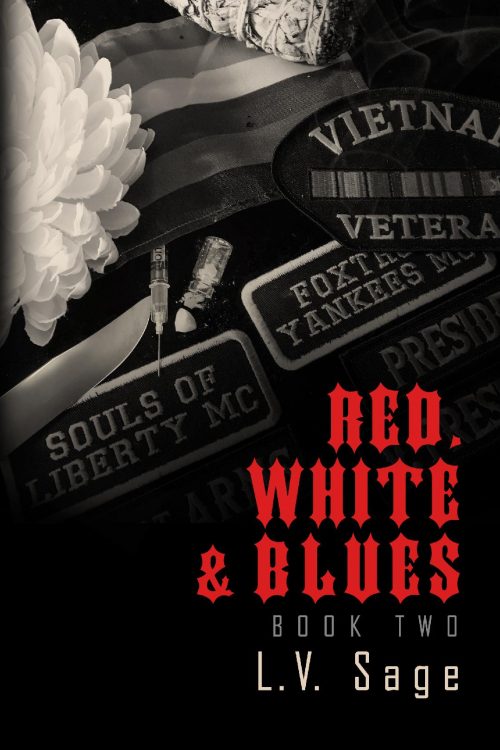
Reviewed by Asher Syed for Readers’ Favorite
Red, White, and Blues by L.V. Sage is book two in the eponymous historical fiction series, preceded by book one of the same name. The story begins at the end of 1979 and carries forward through to the latter part of the 1980s, imparting some of the real-life events of the time and bits of pop culture, both major and minor. There are multiple points of view characters with most of the narrative in third person past, but occasionally the writing lapses into the omniscient present. The plot goes in several directions with each character intertwined but independently depicted, the centerpiece being the Souls of Liberty Motorcycle Club, its chapters, and the four veterans who find common solace in the shadow of the Vietnam war. A community is built around mutual links in Northern California, tackling themes such as suicide, PTSD, grooming/statutory rape, cancer, AIDS, retaliatory murder and gang life that cuts deeper with scarring that’s both physical and emotional, and a plethora of other issues that reinforce the tumult of the era.
Red, White, and Blues takes a moment to get into without having read the first book, but L.V. Sage has written an ambitiously long book that allows a reader the time to meet the characters and continue on the journey with them. The big moments within the plot are balanced nicely with tidbits of everyday life that lend an authenticity that respects the time and those who live in it. I chuckled a little when two characters were at a movie theater to see River’s Edge, and loved the inclusion of some of the Bay Area’s iconic sights and venues such as San Francisco’s Swedish American Hall. Pandora is my favorite character and is truly one that stands out with coming of age subplots. In close second is James and Asher, gay partners who can do nothing as members of their own community succumb to AIDS. There are moments within the book that feel somewhat like information overload, told outright by an omniscient narrator instead of through character action, but as there are so many elements in the placement of the story it is easily forgiven. This is an excellent book with so much potential to grow as it moves forward with the next installments.
